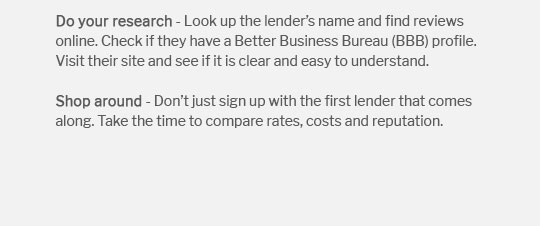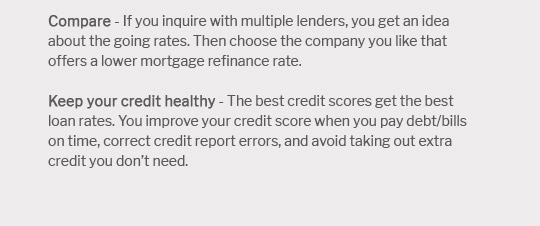 |
|||
 |
 |
 |
||
|---|---|---|
 |
||
 |
||
 |
||
 |
||
 |
||
 |
||
 |
 |
 |
 |
Understanding the 30 Year Variable Rate Mortgage: Insights and AdviceIntroduction to Variable Rate MortgagesA 30 year variable rate mortgage, often referred to as an adjustable-rate mortgage (ARM), is a home loan with an interest rate that can change periodically based on the performance of a specific benchmark or index. This type of mortgage typically starts with a lower initial rate compared to fixed-rate mortgages, making it an attractive option for many homebuyers. How a 30 Year Variable Rate Mortgage WorksInitial PeriodThe initial period of an ARM usually features a fixed interest rate. This period can range from a few months to several years, depending on the terms of the loan. During this time, borrowers benefit from lower monthly payments. Adjustment PeriodAfter the initial period, the interest rate may adjust at regular intervals. These adjustments are tied to a specific index such as the LIBOR or the Federal Reserve's federal funds rate. It's important to understand the terms of these adjustments, including the frequency and any caps that limit how much the rate can increase or decrease. Pros and Cons of a 30 Year Variable Rate MortgageAdvantages
Disadvantages
Choosing Between Fixed and Variable Rate MortgagesDeciding between a fixed-rate and a variable-rate mortgage depends on your financial situation and market conditions. For those who plan to move or refinance within a few years, a variable-rate mortgage could be advantageous. However, if you prefer stability and predictability, a fixed-rate mortgage might be the better choice. For more information on other refinancing options, check out 15 year refinance rates today. Frequently Asked QuestionsWhat factors influence the interest rate adjustments in a 30 year variable rate mortgage?The adjustments are primarily influenced by the chosen index, such as the LIBOR or the federal funds rate, and the margin set by the lender. Economic conditions and monetary policy changes also play a role in these adjustments. How can I protect myself from significant payment increases?Look for an ARM with rate caps, which limit how much your interest rate and monthly payment can increase at each adjustment and over the life of the loan. Additionally, consider refinancing to a fixed-rate loan if rates begin to rise significantly. ConclusionA 30 year variable rate mortgage offers both opportunities and risks. It's essential to understand how these loans work and how they might fit into your financial plans. By evaluating your long-term goals and market conditions, you can make an informed decision about whether this type of mortgage is right for you. For those considering VA loans, it might be beneficial to explore what lenders do va loans to find the best options available. https://www.ncsecu.org/loans/mortgages/adjustable-mortgages.html
ARM rates ; 5-Year ARM - 80% or less - 5.500% (5.745% APR) - $1,419.46 (years 1-5) $1,454.19 (years 6-30) ; 5-Year ARM - 80.01 - 90% - 5.825% (6.176% APR) - $1,470.85 ... https://www.bankofamerica.com/mortgage/adjustable-rate-mortgage-loans/
Adjustable-rate mortgages (ARMs), also known as variable-rate mortgages, have an interest rate that may change periodically depending on changes in a ... https://www.starone.org/adjustable-rate-first-mortgage/
3-year fixed-to-adjustable rate: Initial 5.875% (6.672% APR) is fixed for 3 years, then adjusts annually based on an index and margin. For a 30-year loan of ...
|
|---|